Higher classification Nepetoídeae | Scientific name Conradina Rank Genus | |
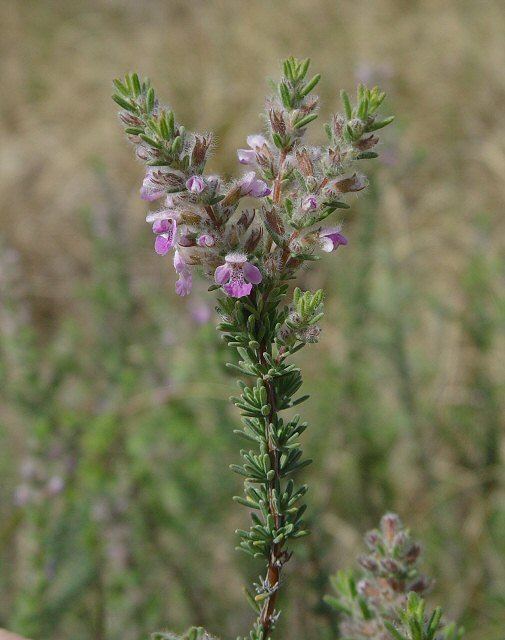 | ||
Similar Dicerandra, Lamiaceae, Conradina grandiflora, Conradina verticillata, Conradina etonia | ||
Conradina spp florida native rosemary
Conradina is a genus of flowering plants in the mint family, Lamiaceae. Its common name is false rosemary, or rarely, short leaf rosemary. There are 7 species of Conradina, all native to the southeastern United States. Conradina verticillata grows on the Cumberland Plateau in Kentucky and Tennessee. The other five grow mainly in Florida. All of the species are closely related and there is some doubt about whether they are all separate. Most species occupy xeric habitats with well-drained soils composed of white sand. The genus Conradina was established by Asa Gray in 1870. It was named for the American botanist Solomon White Conrad.
Contents
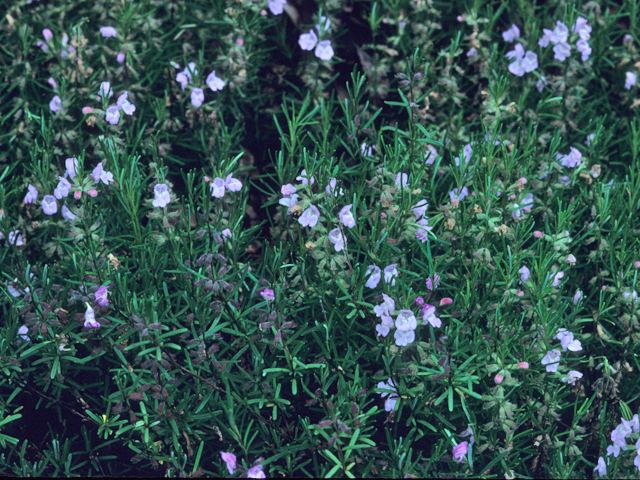
False Rosemary is adapted to dunes and open, scrubby areas. It is a woody perennial shrub, often with masses of white to lavender blooms in the early spring or fall. These blooms attract several species of bees. Conradina often has a scrubby appearance; however some plants seem to have a denser habitus. Conradina is found growing in association with sand pines and oaks, and may be a pioneer species in disturbed areas. Terpenes released from False rosemary are allelopathic, and suppresses the growth of grasses. This is thought to help prevent wildfires. The plants are commonly up to 1 m (3.3 ft) in height.

False Rosemary has been suggested as a landscaping plant for xeriscaping because it is drought tolerant and grows well with little water, even in poor soils.
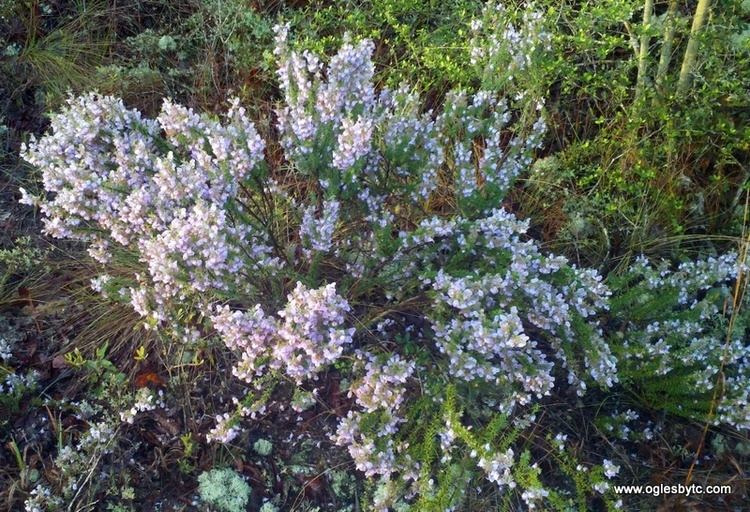
False Rosemary has flowers and scent similar to those of Rosmarinus officinalis.
Until recently, limited scientific study had been published on culinary, medicinal or other properties of Conradina, but it has been shown to be a potential source for numerous essential oils and other compounds.
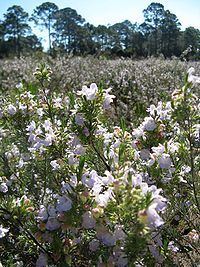
Apart from Conradina verticillata, which is a triploid, all of the species of Conradina are diploid and have a haploid chromosome number of 12. Conradina has been the subject of genetic research.
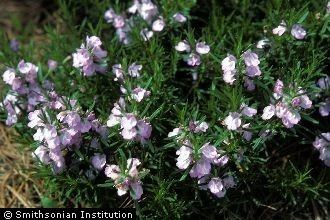
Conradina garden plants
Species
Affinities
Conradina is one of the southeastern scrub mints. This group consists of Dicerandra, Stachydeoma, Piloblephis, Conradina, and four species of the polyphyletic genus Clinopodium that will eventually be transferred out of that genus. All are shrubs except Dicerandra. They are indigenous to the southeastern United States. Conradina is distinguished from the others by a sharply bent corolla tube.
